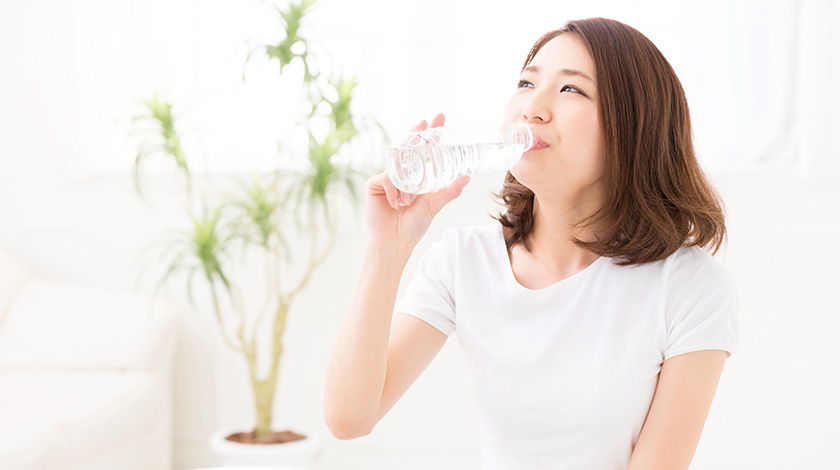While air conditioning is always welcome during the hot summer weather, it is one of the leading causes of dry skin as prolonged exposure to chilled air could draw out moisture from your skin.
Here are a few tips to keep your skin hydrated in air-conditioned room:
- Spritz up with face mist
Facial mist is a must-have item in your summer skincare routine to keep your face hydrated. It is also a fuss-free way to moisten up your skin mid-day without messing up your makeup. Opt for face mists made from water-holding ingredients such as glycerin, hyaluronic acid and glycols.

- Invest in a hand cream
It has often been asked whether dry skin could lead to wrinkles. The skin on your hands is thinner, so it can get dry and wrinkly faster than the skin on your face from frequent washing and arid air.
Lather up your hands with non-greasy, fast-absorbing hand cream every time after you wash your hands.
- Use body lotion
As you pamper your hands with the nourishing hand cream, do not forget to apply lotion on your neck, legs, arms and other areas of your body that are exposed to air conditioning.
- Drink a lot of water

How well do you know about water? Did you know that dehydration is another major cause of skin dryness? According to The National Academies of Sciences, Engineering, and Medicine, an adequate daily fluid intake for men is approximately 15.5 cups (3.7 liters) of fluids and 11.5 cups (2.7 liters) of fluids a day for women. Do take note that these recommendations cover fluids not only from water, but other beverages and food. Make sure that you drink enough water to keep your skin hydrated and plump.
- Get a dehumidifier
Turn on the dehumidifier to release water vapour in the air when you are in an air-conditioned room. This could restore humidity in the room and save your skin from premature dryness and aging in the long run. Alternatively, place an open bucket of water next to the air-conditioner if you do not have a dehumidifier.
Sources:

